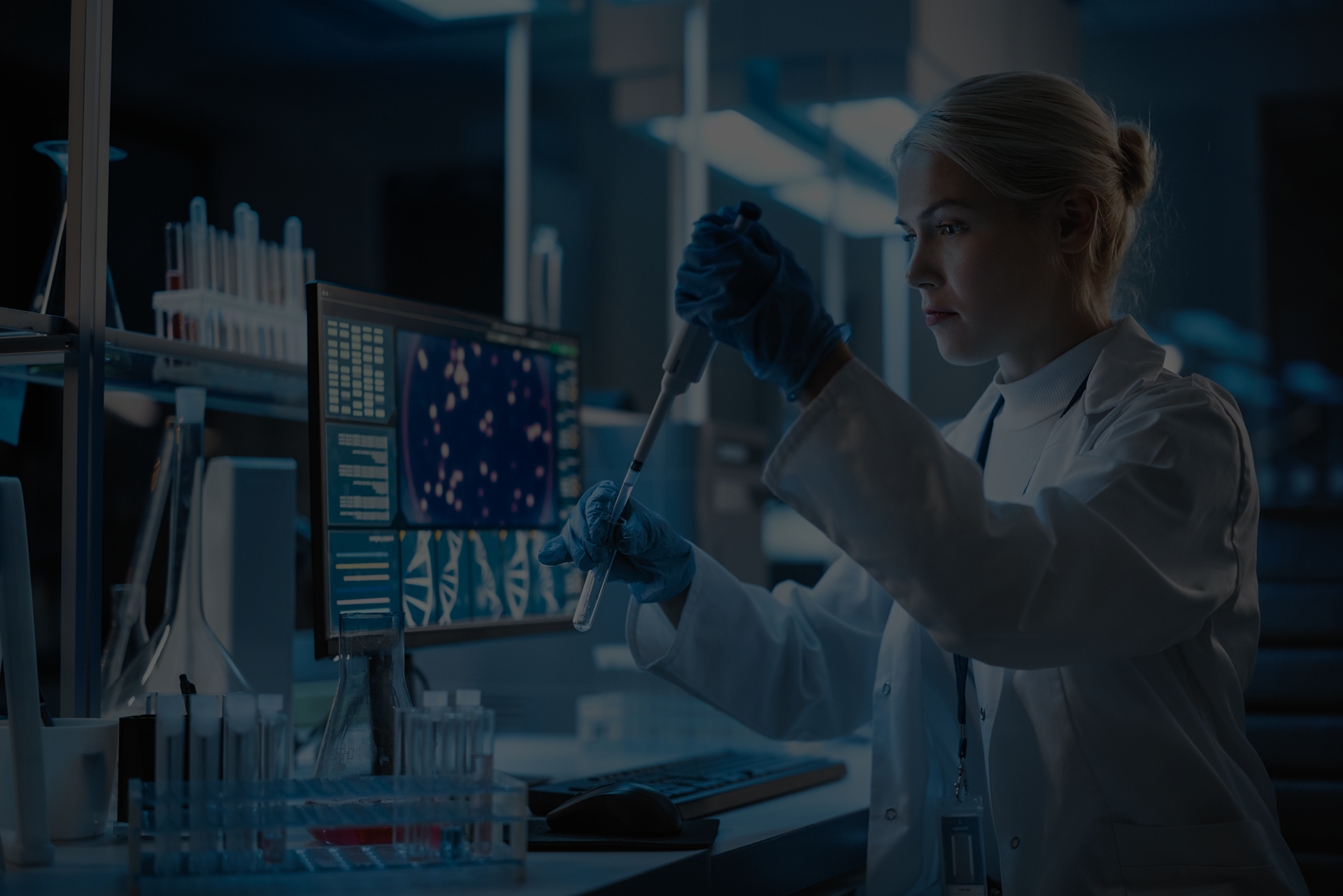
Medical Progress
Evolution of care and medical innovations
Modern healthcare and innovation: discover how science, technology and medical infrastructure improve the efficiency of care and patient comfort.

Screening
Early identification of diseases for better treatment.

Vaccination campaigns
Protecting the population against infections.

Educational programs
Raising awareness of good health practices.
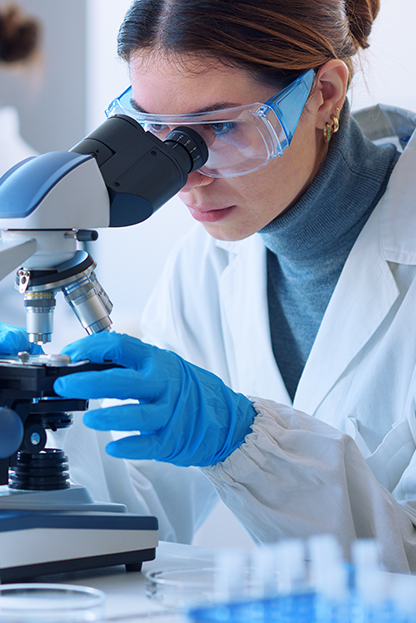

From the laboratory to the patient
Translating science into effective treatments
Translational research aims to transform fundamental discoveries from the laboratory into practical applications for patients. It plays a key role in reducing the time between the identification of a biological mechanism and the development of an effective treatment. This approach requires close collaboration between researchers, clinicians, and engineers to adapt scientific innovations to clinical constraints and needs. By focusing on efficacy, safety, and practical applicability, translational research accelerates access to new therapies and strengthens the real impact of medical research on public health.
The power of genetics: a new era in medical discovery
Medical diagnostics
Essential devices and tools for disease detection

CT Scanner
To obtain detailed images of internal organs and tissues.

MRI
Allows for precise examination of soft tissues and the brain.

Ultrasound
Used to visualize internal organs and monitor pregnancy.

ECG
Measures the electrical activity of the heart to detect cardiac abnormalities.

Automated Blood Analyzer
To perform laboratory tests and detect diseases or deficiencies.

Endoscope
Allows for examining the interior of the body, such as the stomach, respiratory tract, or joints.
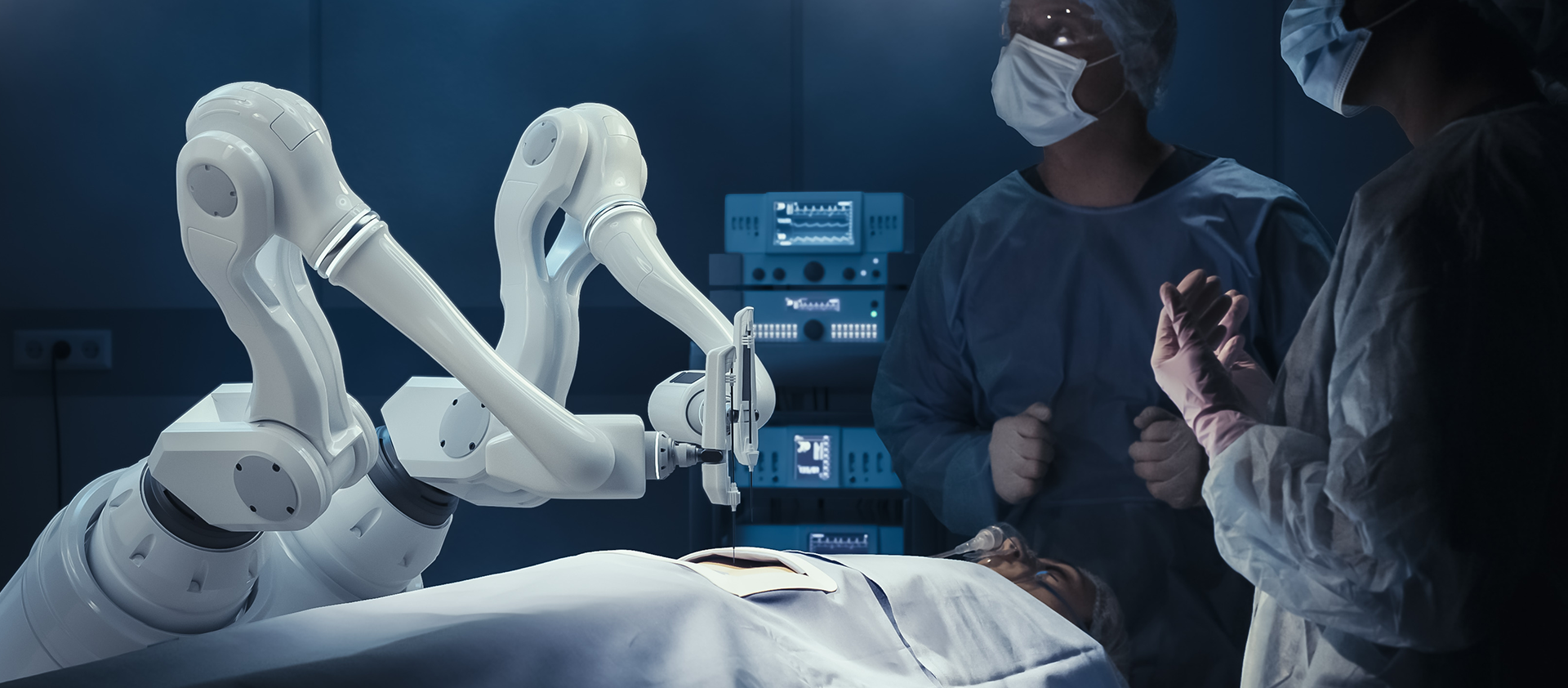
Modernization of Medical Practices
Cutting-edge technologies for healthcare
Cutting-edge technologies are transforming the healthcare sector, making diagnosis, treatment, and patient care more precise and efficient than ever.
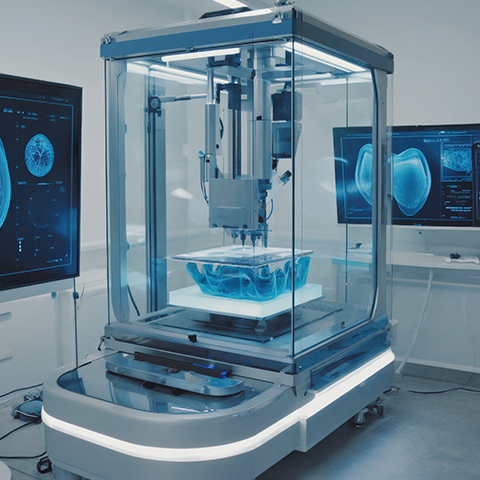
Hospital Infrastructure
Transformation of healthcare facilities
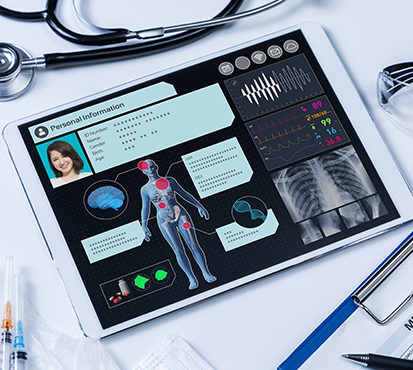
Digitization and data management
Implementation of electronic medical records, hospital information systems, and telemedicine tools to improve care monitoring and coordination effectively.
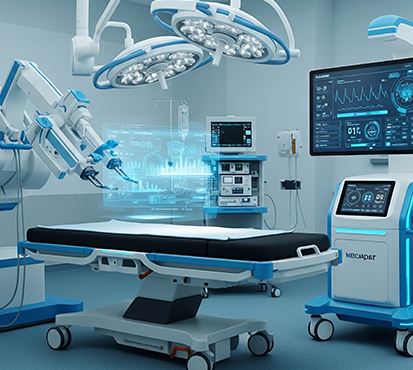
Modern space layout and equipment
Reorganization of departments, operating rooms, and patient rooms with ergonomic equipment and cutting-edge technologies to optimize comfort and efficiency.

Optimization of flow and security
Patient pathway planning, access control systems, security features, and intelligent resource management to ensure smooth and secure operations.
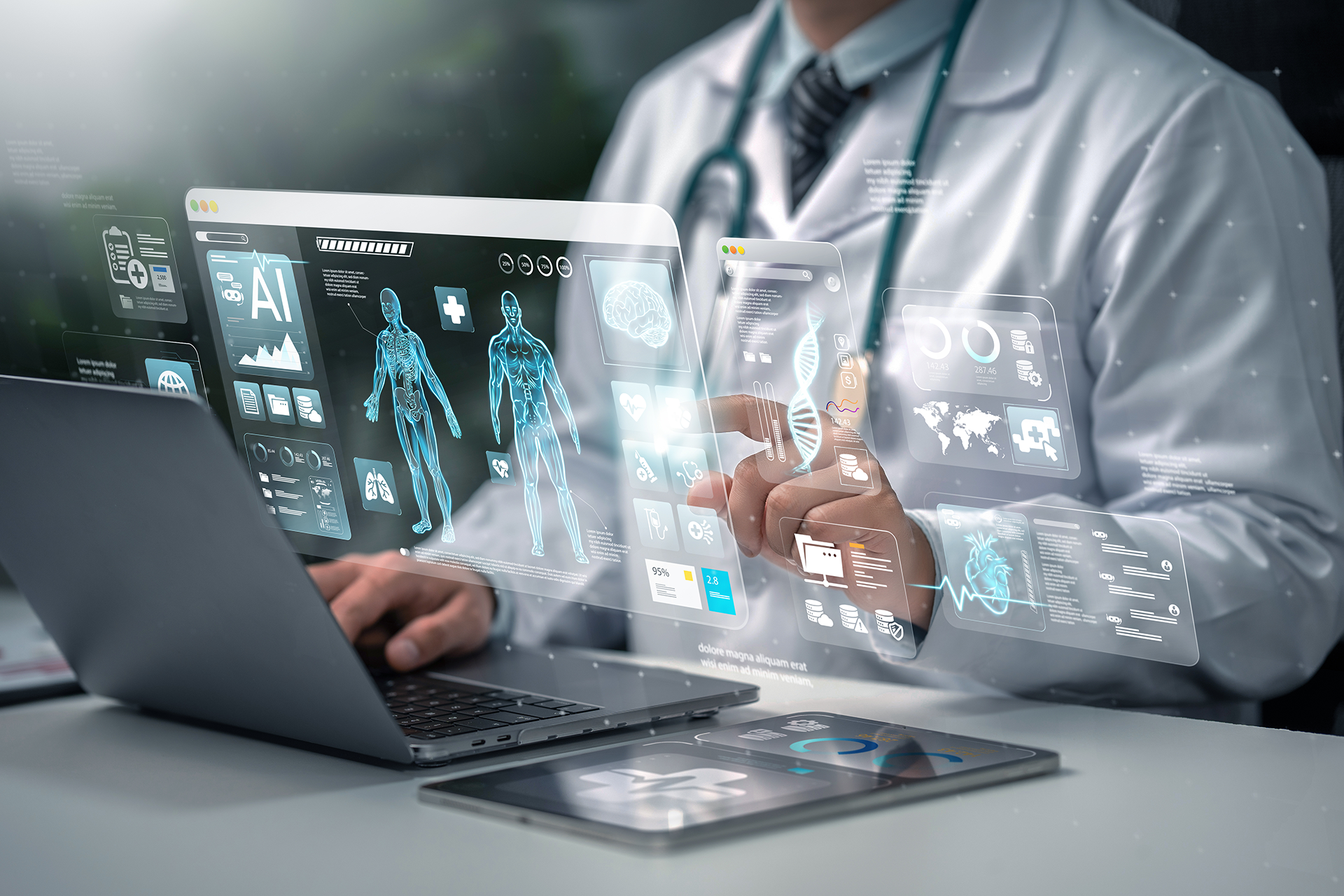
Strategic alliances to improve healthcare and access
By combining the strengths of the public and private sectors, it is possible to strengthen the efficiency and accessibility of healthcare. These alliances make it possible to pool resources, introduce advanced technologies, and support prevention or treatment programs in underserved areas.
They also promote skills sharing between professionals, continuing education, and the development of innovative solutions tailored to patient needs. Ultimately, these collaborations improve the quality of care while optimizing the organization and resilience of the healthcare system.